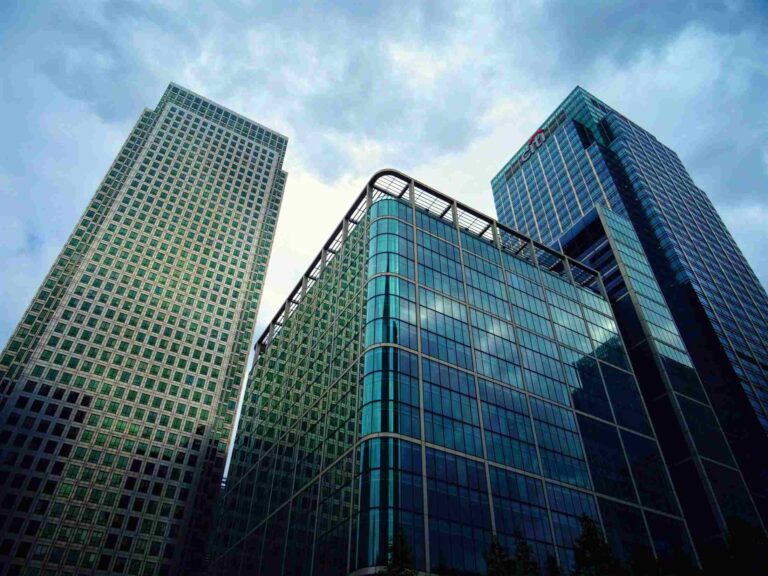The collapse of Credit Suisse securities and the climate of uncertainty between banks and financial markets is sending many bank customers and investors into a panic asking themselves: “Is my bank solid?”
Let’s find out some parameters that will help us understand whether our bank is reliable or not.
Table of Contents
The 5 parameters to understand if your bank is solid
The following are some of the parameters that allow to find out if a bank is stable and reliable:
The Total Assets
First of all, it is necessary to check the so-called Total Assets, which are nothing but the total active users. To put it simply, the more customers the bank has, the more stable it will be.
The Cet Ratio I
Another parameter to be taken into account is the Cet Ratio I, which is the ratio of paid-in ordinary capital in the institution to risk-weighted assets.
According to the European Central Bank (ECB), this ratio must be above 8 percent. In this case, customers can rest easy as the value is significantly higher.
The Total Capital Ratio (Tcr)
Next, let us turn to the Total Capital Ratio (Tcr), through which one is able to understand whether the bank is able to return money to its customers through its own assets.
The ECB, as with the Cet Ratio I, has set a minimum percentage threshold for this parameter, which is 10 percent.
The Liquid coverage ratio (Lcr) and the Net Stable Funding Ratio (NSFR)
Other parameters include: the Liquid coverage ratio (Lcr) and the Net Stable Funding Ratio (NSFR).
The former consists of the bank’s liquidity ratio. The ECB has set the minimum threshold at 100 percent.
The second however, the NFSR, as stated in a Moody’s Analytics report, is the ratio of the available amount of stable financing to the required amount of faithful financing over the one-year horizon.
The definition also states that:
The NSFR regulation requires the ratio to be greater than or equal to 100 percent on an ongoing basis.
Added to this definition is BBVA’s definition, which states that the NSFR:
Requires banks to maintain a stable funding profile in relation to their assets and off-balance sheet activities.
This is to reduce the probability of shocks that lead to increases in bankruptcy risk. As with the LCR, the NSFR threshold is set at 100 percent.
Read also: Silicon Valley Bank, can its failure contaminate other banks? The possible scenarios












